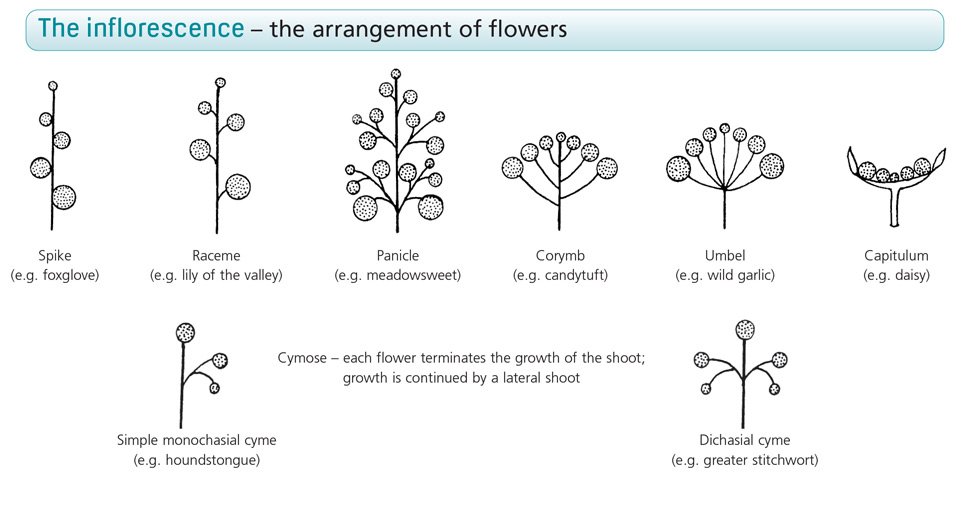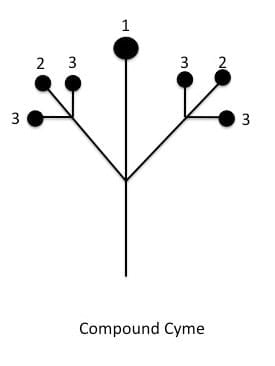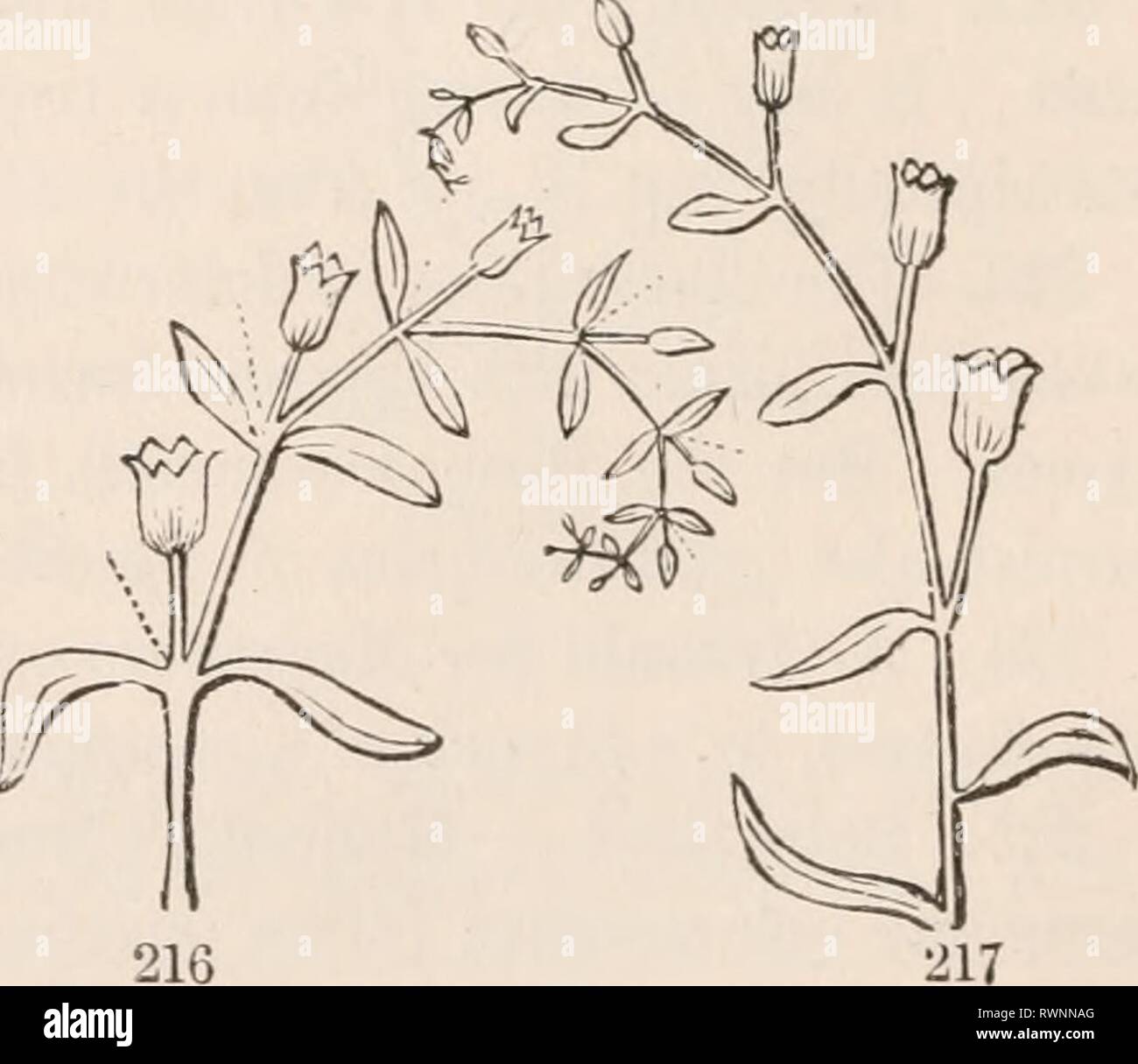
Medicinal ( The essential oil found in the leaves and seeds have antibacterial and anti-fungal activity. Species koenigii is named in honor of Johann Gerhad Konig (Koenig) (1728 - 1785), who was a missionary and botanist in India.įood (Herb and Spice : The leaves are used to flavor and enhance aroma in Indian curries.) Genus Murraya is named in honor of Johan Andreas Murray (1740 - 1791), Professor of Botany at Gottingen. Sow seeds immediately after harvesting (seeds are viable up to 3 weeks). The pulp is edible, rich in Vitamin C and tastes sweet.įound in moist forests, evergreen and deciduous forests. Each fruit contains a single, dark green seed (11 mm long, 8 mm wide) which takes up half the volume of the fruit. Flowers are arranged in clusters (called as cyme) at the terminal.īlack, glossy fruits are round to oblong (1.4-1.6 cm long, 1-1.2 cm wide). White, funnel-shaped, 5-lobed flowers have a sweet fragrance (1.1 cm wide). Stems are dark green to brown, with numerous dots.



Leaves are highly aromatic when rubbed or crushed. The leaflet are attached to the rachis (leaf stalk forming the main axis of the leaf) by a 0.5 cm-long, reddish petiole in alternate to sub-opposite arrangement (leaflets single and alternating to almost paired). Leaflet apex emarginate and base oblique, margin slightly toothed. Compound, odd-pinnate 30 cm-long leaves are composed of 11-21 shiny, dark green, lance-shaped leaflets (4.9 cm long, 1.8 cm wide). Flowering plants come in three basic types: annuals grow in a single season or year and die after they flower.


 0 kommentar(er)
0 kommentar(er)
